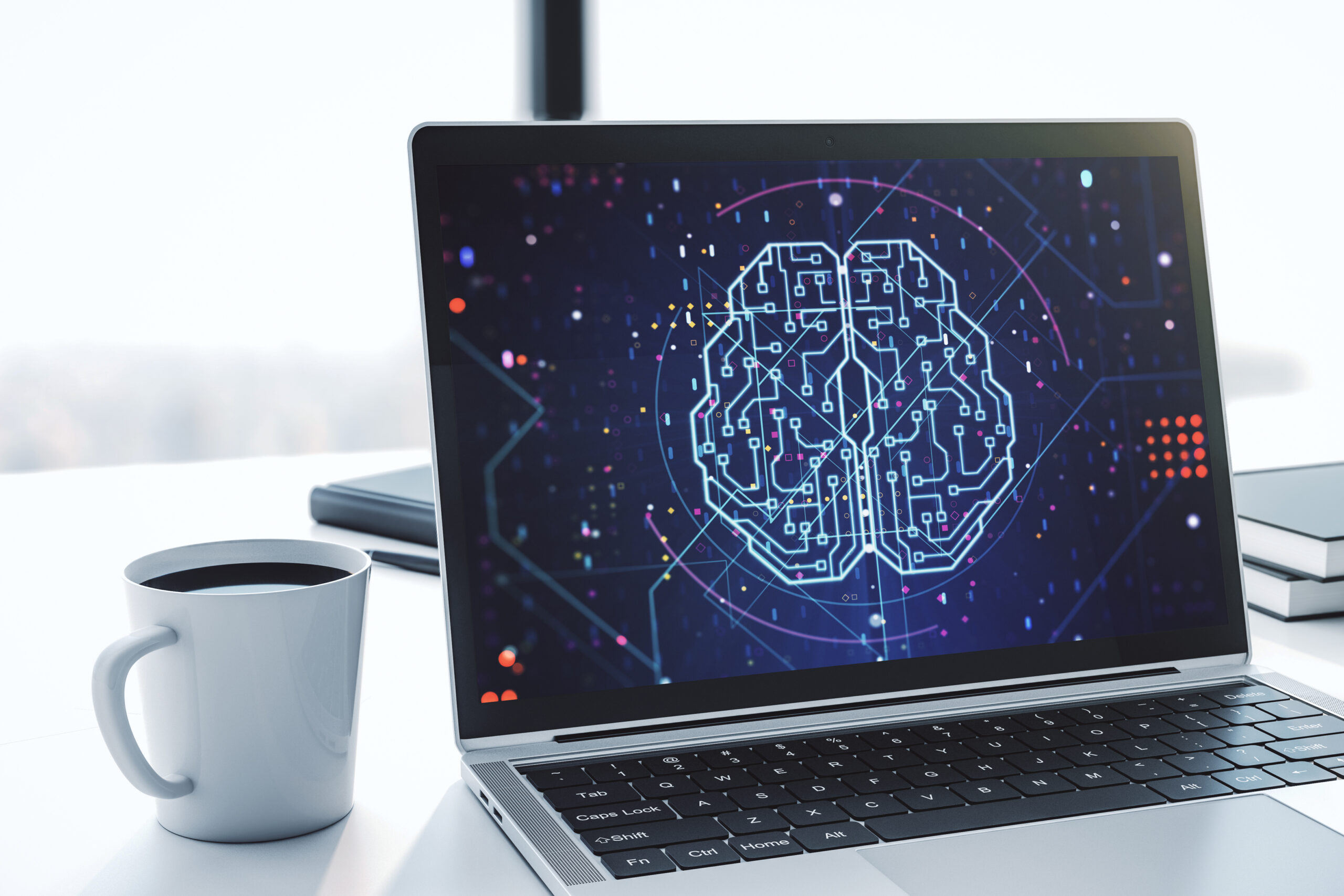Is Your Business AI-Ready? Part 1: Data Readiness
As Artificial Intelligence (AI) continues to advance rapidly, many organizations are eager to adopt these technologies to gain a competitive edge. But before rushing into implementation, it’s essential to ask: Is your organization truly ready to go live with AI?
This four-part series explores the critical focus areas that require deliberate planning and internal discussion before embarking on any AI initiative. These focus areas include:
-
Data
-
Platform
-
Applications
-
Infrastructure
In this first part, we focus on Data Readiness—the foundation of any successful AI implementation. For AI models and tools to function effectively, they must be supported by clean, proprietary data that is unique to your organization.
Below are key discussion points that leaders should engage in with their internal stakeholders:
Key Questions for Data Readiness
1. Who is using what data?
Without clear oversight of who accesses which data using what tools, data management can become chaotic. It’s critical to document who is authorized to access specific datasets to ensure auditability, traceability, and compliance.
2. Where is the data located, and where is it sourced from?
Most organizations’ data is distributed across multiple systems and devices, often without centralized visibility. Utilizing data discovery tools—such as data fabric or data crawling solutions—can significantly simplify the identification and management of these sources.
3. When is the data being accessed?
Maintaining an auditable log of data access activities helps to ensure transparency and accountability. Knowing when and by whom data is accessed supports both governance and security.
4. When was the data last updated?
Understanding the update frequency of each dataset is vital for determining whether the data reflects current conditions. Organizations must decide if they are using the data for historical analysis, real-time processing, or streaming purposes.
5. Why was the data collected?
It is important to evaluate whether the data was originally gathered for a business objective that is still relevant. If not, its continued use should be reconsidered.
6. What are the policies on data retention and deletion?
Retention and deletion requirements vary by country and regulatory body. Organizations must ensure compliance with local and international data governance regulations.
7. How is the data being used?
Business leaders and data custodians need to understand how their data is being used to generate insights. They should assess whether the derived information is truly beneficial or critical to business operations.
8. What are the relationships within the data and how are they utilized?
Understanding the interdependencies and context of your data can uncover valuable insights. Mapping these relationships often leads to strategic benefits not initially anticipated.
9. Can data sovereignty controls be applied at a granular level?
For multinational organizations, having granular control over data sovereignty is essential to meet varying jurisdictional requirements.
10. How is Personally Identifiable Information (PII) handled?
Organizations must determine whether PII is managed through encryption, masking, or anonymization. Compliance with regulations such as Malaysia’s Personal Data Protection Act (PDPA), General Data Protection Regulation (GDPR) in Europe, California Consumer Privacy Act (CCPA), and the Health Insurance Portability and Accountability Act (HIPAA) in the U.S. is essential.
Who Should Lead These Discussions?
Responsibility for these discussions typically lies with the Chief Data Officer (CDO). The CDO should facilitate regular, strategic dialogues among board members, executive leadership, and functional teams to provide guidance and ensure the organization is aligned on its data governance approach.
In addition, starting 1 January 2025, Malaysia’s amended Personal Data Protection Act (PDPA 2024) will mandate the appointment of a Chief Data Protection Officer (CDPO)—either internal or external—to oversee all data-related matters in accordance with international standards.
Conclusion
In summary, data readiness is a critical first step in any AI implementation journey. By ensuring your data is well-governed, accessible, secure, and aligned with regulatory requirements, your organization can lay a solid foundation for future AI success. Taking the time to address these considerations now will help reduce risk, improve decision-making, and enable your AI initiatives to deliver real, measurable value.
What’s Next?
Stay tuned for Part 2: Platform Readiness, where we will explore the technical foundations required to support enterprise-wide AI adoption.
Interested in learning more?
Contact our team of experienced consultants at info@cybiant.com to explore how we can support your AI transformation journey.
Visit our Cybiant Knowledge Centre to find out more about the latest insights.



